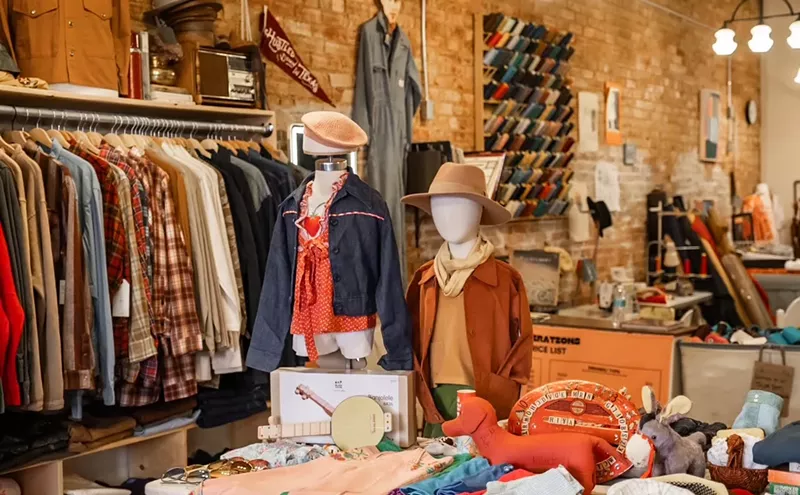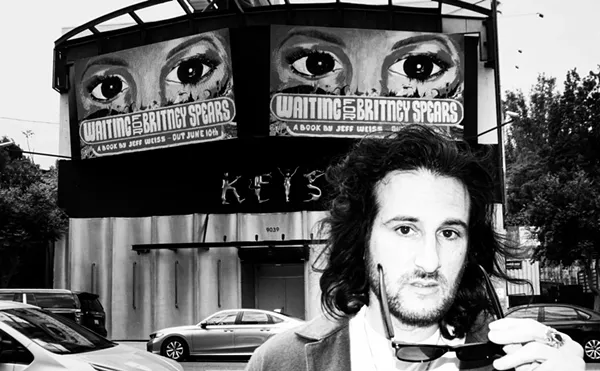It is a milieu bordering on tradition around these parts: Between Theatre Three, Dallas Theater Center, and Fort Worth's Stage West, a whole lotta Ayckbourn has made its way through North Texas during the past decade. Everyone has insisted on retaining, with varying degrees of success, the playwright's dry English voice in pronouncing his dialogue, as if it somehow made the material funnier. I should probably reserve final judgment on Ayckbourn until I witness one of his professional debuts in Scarborough, but even the top-notch American stuff I've seen--most memorably, New Theatre's final show Absurd Person Singular--seems full of thin characterizations stretched until they threaten to snap across whatever gimmicks of time and space the author has chosen.
Every Ayckbourn play, it feels like, contains a dashing rogue, a put-upon wife, an icy society dame, and a faux conciliatory greeting of the classes. They're all classic farcical elements, certainly, but you get the feeling Ayckbourn is in the business of writing templates, blueprints for comic shop class, rather than fully ripened comedies.
The same is true of How the Other Half Loves, but at least director Jac Alder has assembled a profusely appealing cast to galvanize these very familiar Ayckbournian mannequins. Each performer has a spectacularly firm grip on the neuroses of his or her role, and with such clear and confident operating instructions in mind, all are free to relax and have fun. They do, and carry us along with them. Harland Wright's bifurcated domestic set gives us a simultaneous view of two households--the older, more upscale Fosters, addle-brained Frank (Kevin Keating) and frosty Fiona (Kerry Cole), running parallel to younger working-class parents Bob Phillips (Chuck Huber) and Teresa Phillips (Ruth Ellen Heaton). Both husbands work at the same firm, with Frank in a senior position, but the homes share something else: one dining room table. The audience is privy to dinners given by the Phillipses and the Fosters on consecutive nights with the same guests, a rather sad-sack couple composed of toadying fellow employee William (Jim Hines) and meek Mary (Sue Birch). The latter don't know it, but they are instrumental in alibis given by Fiona and Bob, who are having an affair.
To the credit of director Alder and his players, the formula plays altogether more fluidly onstage than in explanation. And with all five actors seated at the same table--Hines and Birch turn to the left or the right in their seats to address one or the other couple on different nights--we get a discerning peek at how marital disintegration plays out differently by class. The Fosters have a quiet, brittle, agonized spat, with Kerry Cole projecting marvelous teeth-gritted impatience through her tattered English façade, while the Phillipses whip up an old-fashioned drunken brawl, complete with kitchen utensils as weapons.
Chuck Huber, making his Dallas debut after fine stage work in Fort Worth, spends a good deal of the show shirtless, and his lean but unmuscular frame so exposed works for the crassly flirtatious Bob, whom we imagine imagines himself an Adonis of limitless sexual charisma. Poor William and Mary are stuck in the middle--of the stage, of the fights whose origins they are oblivious to--and Jim Hines and Sue Birch both verge on the poignant as partners who want a better life but are ill-equipped to fight for it in this seething sexual jungle.












